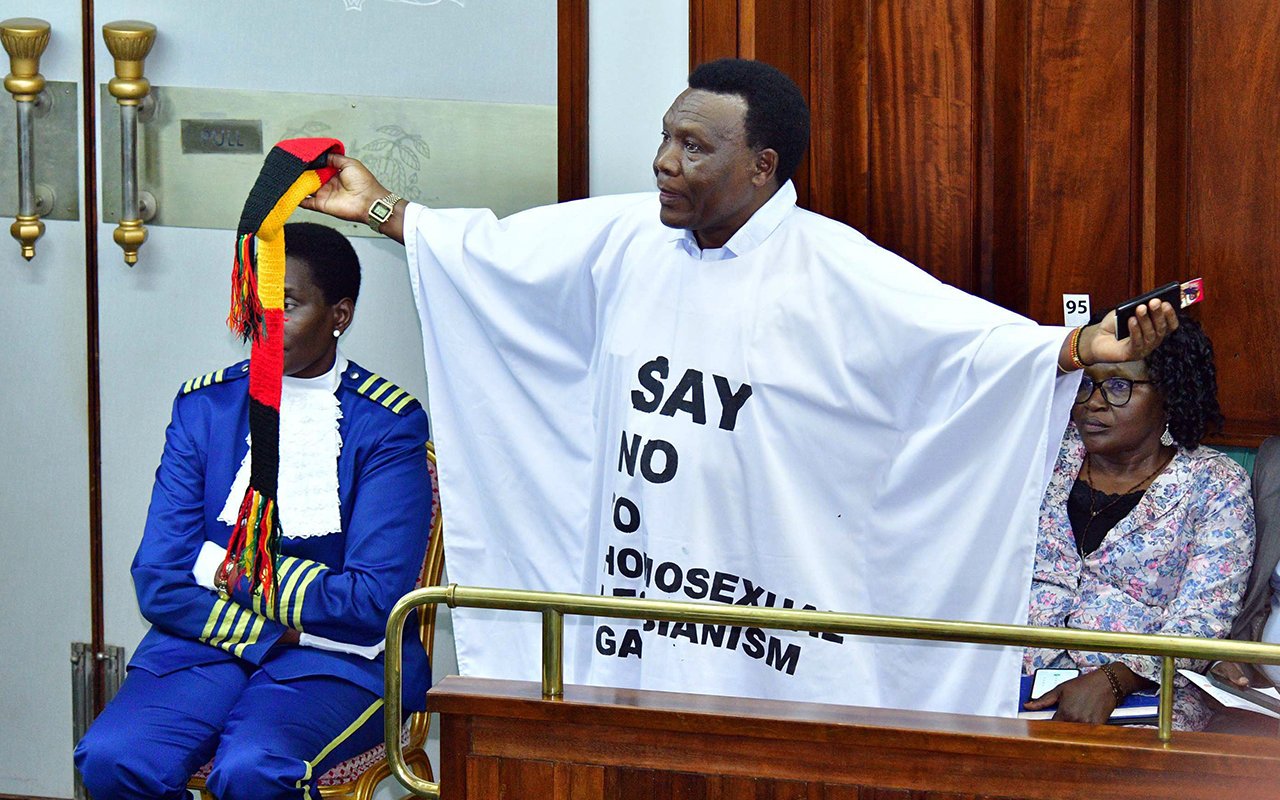Will Uganda afford the cost of settling human-wildlife conflicts?

Parliament last year enacted the 2019 Uganda Wildlife Act. The key highlight of the amended law was the introduction of a compensation scheme for wildlife induced damage outside protected areas.
Specifically, the new act provides for a Wildlife Compensation Scheme, a compensation fund and a claims verification committee.
The act further stipulates that Wildlife Compensation Scheme shall be used for financing compensation claims for human death, injuries or damage to property caused by a wild animal outside a protected area; it will be under the general administration of the board and that a claim which cannot be immediately paid from the scheme will become a public debt to be paid from the scheme when the funds become available.
Further to these provisions, all outstanding compensation claims shall be treated as government debts and not be recovered from the authority as an entity. Nonetheless, a question remains whether Uganda can afford to finance the extended provisions for compensations in the new act.
Government has in essence introduced financial compensation as a policy to simultaneously promote human security and livelihoods while at the same time protecting biodiversity. The compensation scheme appears a well-intended policy tool to reduce human-wildlife conflicts—which partly manifest in retaliatory killing of stray wildlife and negative attitude towards conservation and coexistence.
Human–wildlife conflict occurs when the needs of wildlife encroach on those of human populations or the needs of human populations encroach upon those of wildlife.
Information from the Uganda Wildlife Authority (UWA) reports for 2009 to 2017 shows more than 13,000 human-wildlife conflict cases around conservation areas involving livestock predation by lions and leopards, elephant crop damage as well as hippo, buffalo and chimpanzee attacks had been registered. It is also important to note that, an estimated 50 per cent of Uganda’s wildlife resources remain outside designated protected areas, mostly on privately owned land.
Prior to the new Act, UWA was extending compassionate contribution to the deserving victims in form of hospital bills and burial expenses but not for crop loss .This implied selective application of the 2014 Wildlife Policy, albeit without appropriate guidelines.
Nonetheless, the new Wildlife Act does not provide concrete guidelines for operationalisation of the new compensation scheme. For instance, what are acceptable compensation costs by the state and the affected persons for loss of life, the intangible costs like non-productive time spent by people guarding their fields, absenteeism by school children fearing wild animal attacks and stress?
There are also possibilities of diseases transmitted by animals to humans and livestock, spread of ticks, wildlife sharing pastures, salt and water with farm animals -all of whose precise valuation appears to be a dilemma. Wildlife at times strays out to private land due to invasive species such as acacia in Lake Mburo National Park which reduce animal food resources, and during the dry season when some arsonists set the protected areas on fire and animals are attracted to the fresh pastures on private land.
Regarding potential sources of funding for the compensation scheme, UWA on average collects Shs100b annually from its services. Out of this revenue, about 20 per cent of the gate entry collections is allocated to the adjacent communities as part of the mandatory revenue sharing fund.
About Shs2b is meant to be set aside for the compensation fund per annum, according to the act. With this paltry allocation, the new Wildlife Act may increase the domestic debt given the constrained national budget. The implementation of the scheme is also likely to be affected by government bureaucracy.
Mr Muhangi is a Communication Officer at Economic Policy Research Center.
[email protected]




